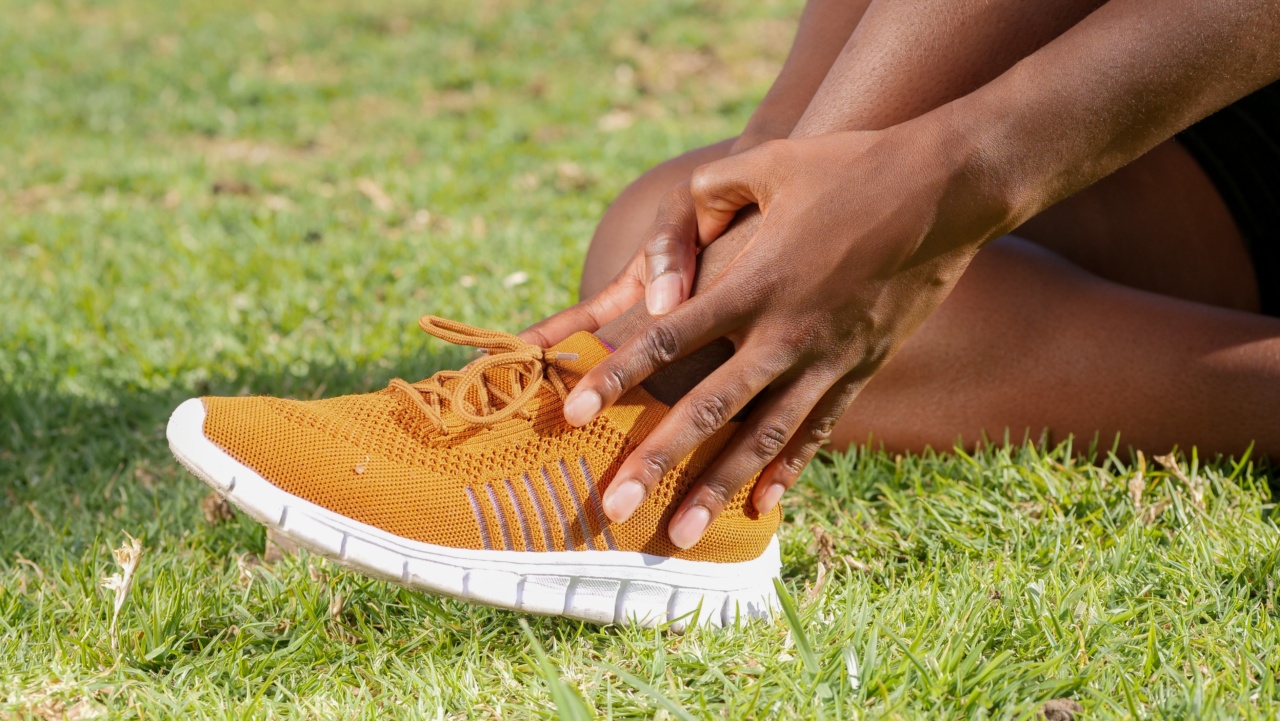When it comes to preventing foot and waist pain, one often overlooked factor is the shoes we wear.
The right shoes can provide the necessary support, cushioning, and stability to keep our feet and waist in a healthy position, while the wrong shoes can lead to discomfort, pain, and even long-term issues. In this article, we will discuss the key factors to consider when choosing the right shoes to prevent foot and waist pain.
1. Arch Support
One of the most important factors to consider when choosing shoes is the level of arch support they offer. The arch is the curved part of the foot, and it acts like a shock absorber when we walk or run.
Shoes with good arch support can help distribute body weight evenly, reducing stress on the feet and waist.
2. Cushioning
Opting for shoes with adequate cushioning is crucial in preventing foot and waist pain. Cushioning helps absorb the impact of each step, protecting the feet and reducing strain on the waist.
Look for shoes with cushioning materials like memory foam or gel inserts, particularly if you spend long hours on your feet.
3. Proper Fit
Choosing shoes that fit properly is essential for foot and waist health. Ill-fitting shoes can lead to problems such as blisters, calluses, and even misalignment of the feet and waist.
Ensure that the shoes have enough space for your toes to move freely, yet fit snugly around your foot to provide support.
4. Wide Toe Box
Avoid shoes with a narrow or tight toe box, as they can cram your toes together, leading to discomfort and even foot deformities over time.
Instead, opt for shoes with a wide toe box, allowing your toes to spread naturally, maintaining proper alignment and reducing the risk of foot and waist pain.
5. Heel Support
The heel of the shoe should provide stability and support. Avoid shoes with very high heels, as they can throw off your body’s natural alignment, leading to foot and waist pain.
Look for shoes with a moderate heel height and a stable base to minimize strain on your feet and waist.
6. Breathability
Proper airflow is vital for foot health, as it helps prevent excessive sweating, odor, and the growth of bacteria and fungi.
Look for shoes made from breathable materials such as mesh or leather to ensure adequate ventilation and keep your feet dry and comfortable.
7. Sole Flexibility
The flexibility of the sole plays a crucial role in preventing foot and waist pain. A flexible sole allows your foot to move naturally, reducing the strain on your feet and waist.
Avoid shoes with stiff soles that restrict movement and opt for ones that bend and flex easily.
8. Arch Type
Understanding your arch type can help you choose shoes that provide the right support. There are three main arch types: low, normal, and high. If you have low arches, look for shoes with motion control and extra stability.
If you have normal arches, choose shoes labeled as “neutral.” For high arches, opt for shoes with cushioning and flexibility.
9. Activity-Specific Shoes
The type of shoes you choose should be appropriate for your activities. Different activities put different stresses on the feet and waist.
For example, running shoes are designed to absorb impact while providing stability, while hiking boots offer ankle support. Make sure you have suitable shoes for each activity you engage in to prevent foot and waist pain.
10. Regular Shoe Replacements
Lastly, it’s important to replace your shoes regularly. Over time, shoes lose their cushioning and support, which can lead to foot and waist pain.
As a general guideline, athletic shoes should be replaced every 300-500 miles, or every 6-12 months if you’re wearing them casually. Inspect your shoes regularly and replace them once they show signs of wear and tear.




























